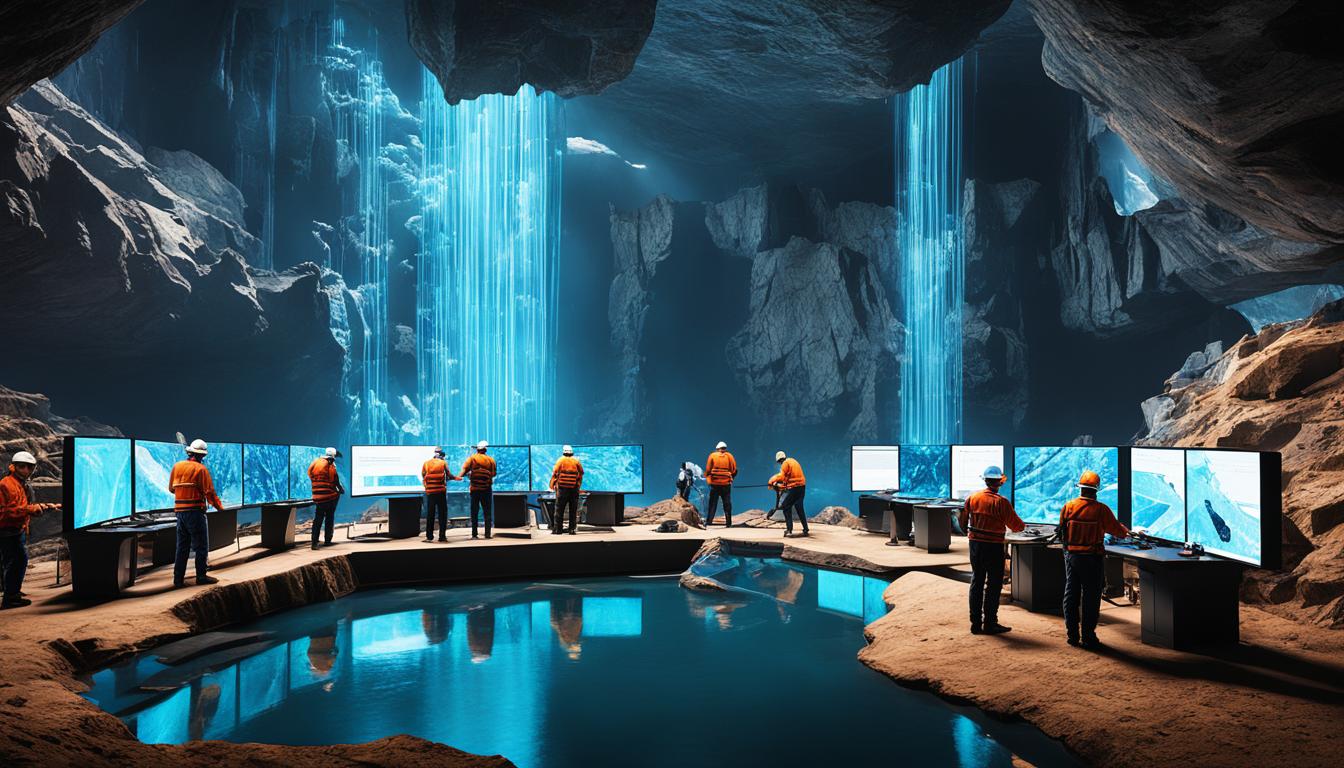A mining pool is a group of cryptocurrency miners who combine their computational power to increase the chances of earning block rewards. Solo mining can be unpredictable, so joining a pool offers a more consistent income by sharing the workload. Reward structures like Pay-per-Share (PPS) and Proportional are used to distribute earnings based on contributions.
By pooling resources, miners can solve blocks faster, leading to more consistent payouts. While joining a pool offers steady earnings and reduced complexity, there are downsides, including smaller individual rewards and maintenance fees. Centralization and security risks in large pools are also concerns. Despite these, mining pools remain a popular choice for many miners.

